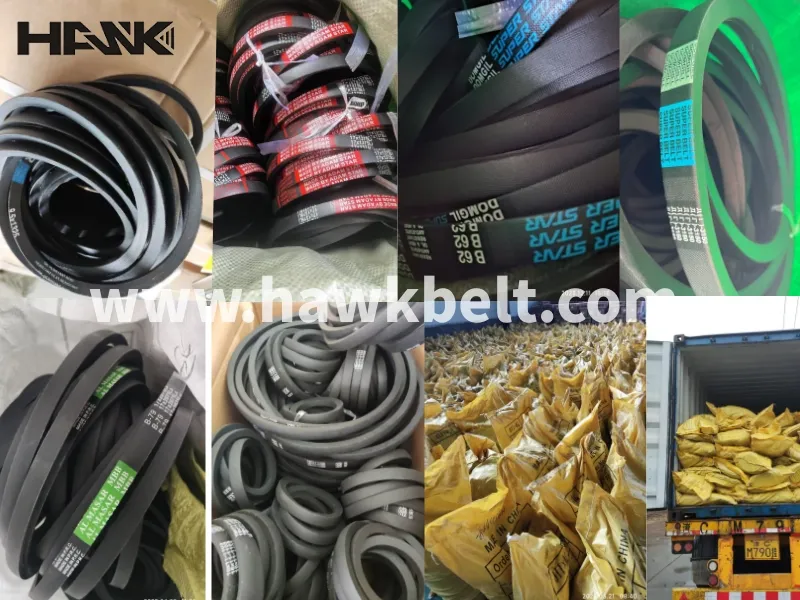- Arabic
- French
- Russian
- Spanish
- Portuguese
- Turkish
- Armenian
- English
- Albanian
- Amharic
- Azerbaijani
- Basque
- Belarusian
- Bengali
- Bosnian
- Bulgarian
- Catalan
- Cebuano
- Corsican
- Croatian
- Czech
- Danish
- Dutch
- Afrikaans
- Esperanto
- Estonian
- Finnish
- Frisian
- Galician
- Georgian
- German
- Greek
- Gujarati
- Haitian Creole
- hausa
- hawaiian
- Hebrew
- Hindi
- Miao
- Hungarian
- Icelandic
- igbo
- Indonesian
- irish
- Italian
- Japanese
- Javanese
- Kannada
- kazakh
- Khmer
- Rwandese
- Korean
- Kurdish
- Kyrgyz
- Lao
- Latin
- Latvian
- Lithuanian
- Luxembourgish
- Macedonian
- Malgashi
- Malay
- Malayalam
- Maltese
- Maori
- Marathi
- Mongolian
- Myanmar
- Nepali
- Norwegian
- Norwegian
- Occitan
- Pashto
- Persian
- Polish
- Punjabi
- Romanian
- Samoan
- Scottish Gaelic
- Serbian
- Sesotho
- Shona
- Sindhi
- Sinhala
- Slovak
- Slovenian
- Somali
- Sundanese
- Swahili
- Swedish
- Tagalog
- Tajik
- Tamil
- Tatar
- Telugu
- Thai
- Turkmen
- Ukrainian
- Urdu
- Uighur
- Uzbek
- Vietnamese
- Welsh
- Bantu
- Yiddish
- Yoruba
- Zulu
Dec . 27, 2024 15:00 Back to list
automobile timing belt
Understanding the Importance of the Automobile Timing Belt
The timing belt is a critical component in an automobile’s engine, playing an essential role in ensuring that the engine operates efficiently and smoothly. Despite its importance, many car owners are unaware of what the timing belt does, when it should be replaced, and the consequences of neglecting it. This article aims to provide a comprehensive overview of the timing belt, including its functions, maintenance tips, and what you need to know about replacing it.
What is a Timing Belt?
The timing belt is a rubber belt that connects the crankshaft to the camshaft in an internal combustion engine. Its primary function is to synchronize the rotation of these two components, ensuring that the engine's intake and exhaust valves open and close at the correct times during each cycle. In essence, the timing belt plays a pivotal role in maintaining the engine’s timing, which is crucial for optimal performance.
Most modern vehicles are equipped with either a timing belt or a timing chain. While a timing chain often lasts longer and requires less maintenance, timing belts are commonly found in many vehicles due to their quieter operation and lightweight design.
Why is the Timing Belt Important?
The timing belt is integral to the engine’s operation. If it fails, the consequences can be catastrophic
1. Engine Failure A broken timing belt can lead to significant engine damage, especially in interference engines where the pistons and valves occupy the same space. When the timing belt snaps, the pistons can collide with the valves, bending or breaking them and potentially damaging the engine irreparably.
2. Performance Issues A deteriorating timing belt can lead to poor engine performance. Symptoms may include misfiring, loss of power, and increased fuel consumption. These performance issues not only affect driving experience but can also lead to additional repair costs down the line.
automobile timing belt

3. Increased Repair Costs If a timing belt breaks, the immediate need to replace it could lead to thousands of dollars in repairs, especially if the engine incurs additional damage. Regular maintenance can help avoid these costly repairs.
Signs of a Failing Timing Belt
Being proactive in identifying issues with your timing belt can save you from expensive repairs. Some signs that your timing belt may need attention include
- Ticking Noise A ticking sound coming from the engine may indicate that the timing belt is loose or worn. - Visual Cracks or Wear A visual inspection of the timing belt can reveal cracks, fraying, or excessive wear. - Engine Performance Problems If you experience stalling, misfires, or a rough idle, it could be a sign of timing belt issues.
When to Replace the Timing Belt
Most manufacturers recommend replacing the timing belt at intervals ranging from 60,000 to 100,000 miles, although this can vary based on the specific vehicle and driving conditions. It is crucial to consult your owner’s manual for the precise recommendations. Keeping track of this timeline can help you avoid unexpected breakdowns and expensive repairs.
Conclusion
In summary, the timing belt is a small but essential part of your automobile’s engine that deserves attention. Regular maintenance and timely replacement can prevent catastrophic engine failure and preserve the performance of your vehicle. Understanding the importance of the timing belt, recognizing the signs of wear, and adhering to replacement schedules can keep your engine running smoothly for years to come. Remember, an ounce of prevention is worth a pound of cure, especially when it comes to your car's timing belt.
-
Korean Auto Parts Timing Belt 24312-37500 For Hyundai/Kia
NewsMar.07,2025
-
7PK2300 90916-T2024 RIBBED BELT POLY V BELT PK BELT
NewsMar.07,2025
-
Chinese Auto Belt Factory 310-2M-22 For BMW/Mercedes-Benz
NewsMar.07,2025
-
Chinese Auto Belt Factory 310-2M-22 For BMW/Mercedes-Benz
NewsMar.07,2025
-
90916-02660 PK Belt 6PK1680 For Toyota
NewsMar.07,2025
-
drive belt serpentine belt
NewsMar.07,2025

